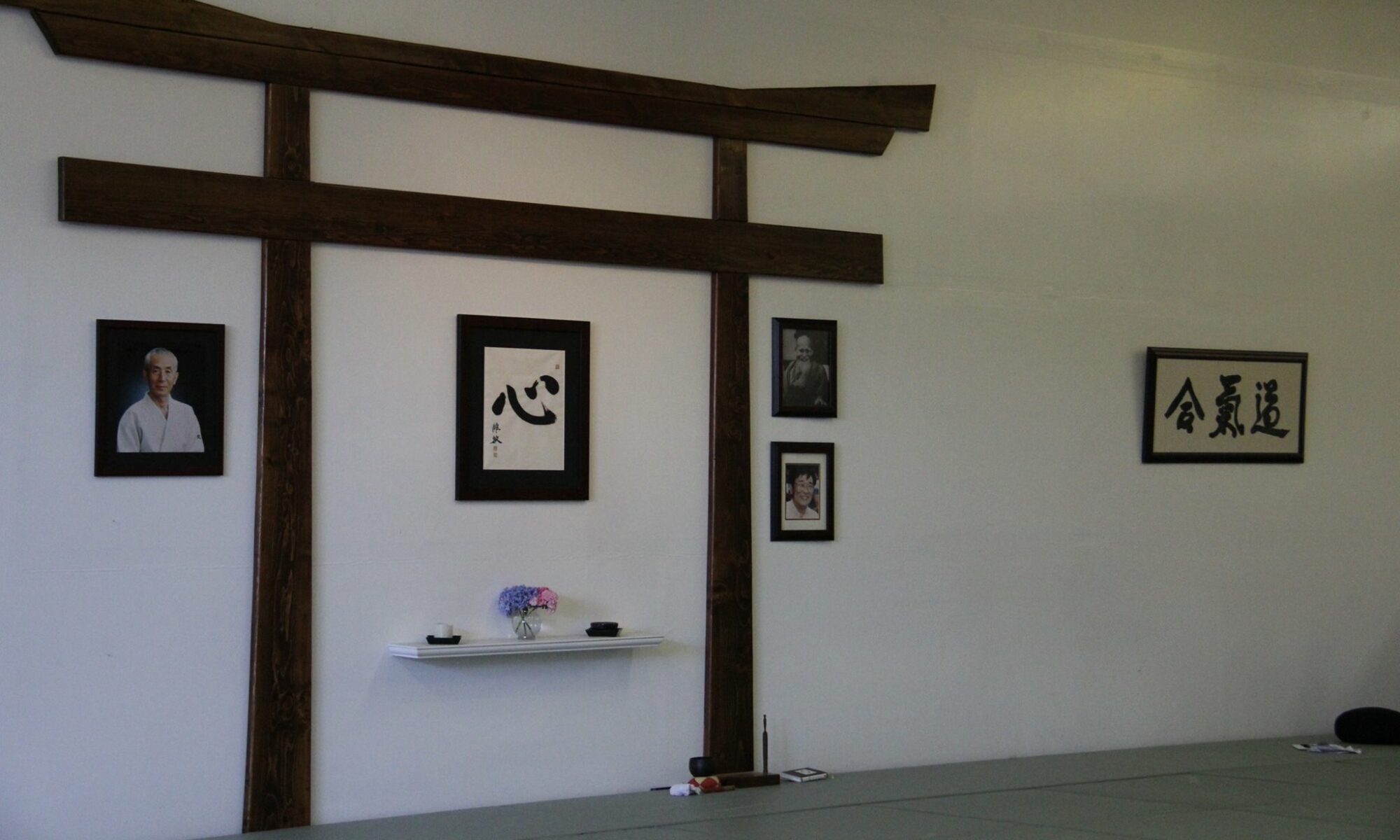We come to our dojo to train so that we’re better able to apply the principles of aikido in our daily lives…
School is back in session around the Olympia area and many of our aikidoka are back in the classroom as either teachers or students. And, as they are going back, many habits that developed over the short summer are not in harmony with the school-year rhythm. Through our practice we develop a number of strategies and skills for finding the rhythm in our lives and flowing back into them. One such strategy is changing our mind 180 degrees. From possibly our first class at Aikido Olympia we learn ways to get our body, our mind, and our intention to change quickly from one direction to another. in kata, we practice zengo kata, or two directions kata, then we evolve this into more sophisticated techniques, then into the uke/nage relationship, and hopefully into more complex experiences.
For some of us, the beginning of a new school year is an amazing opportunity to take a look at the habits developed over the summer months, to take what still works from that experience, and look for new opportunities and new ways of being in the world that allow us to grow and develop even further. For others of us who haven’t seen the inside of a classroom in a while, we can also take this opportunity to find the rhythms around us and take stock of the habits we’ve developed over the past few months and consider what is and isn’t working for us to be in the smoothest flow we can achieve.
By Nate Weed



